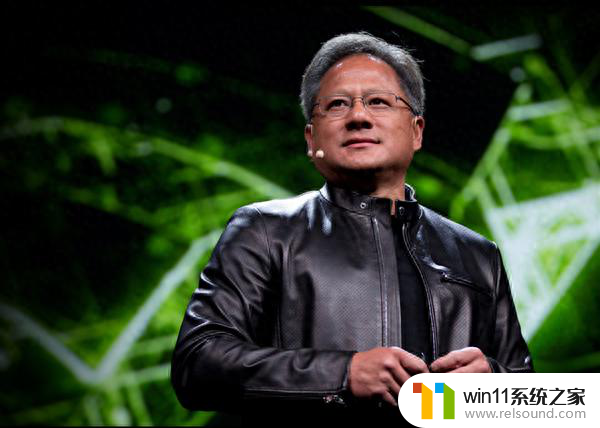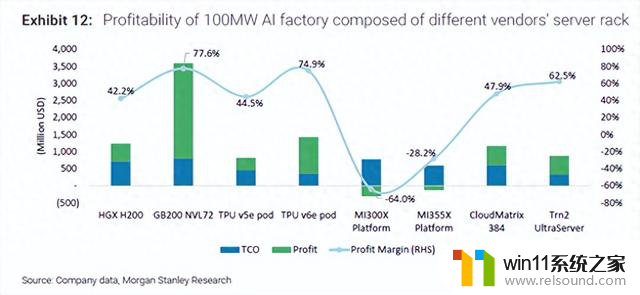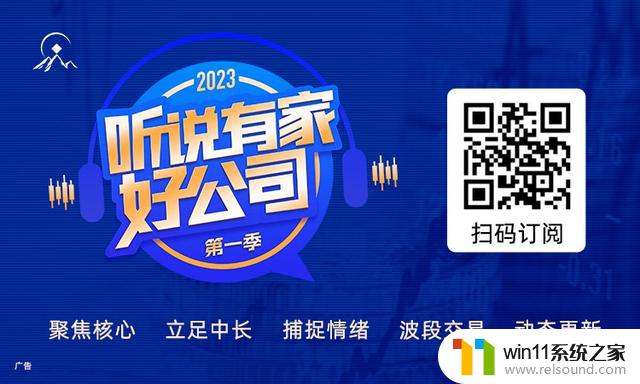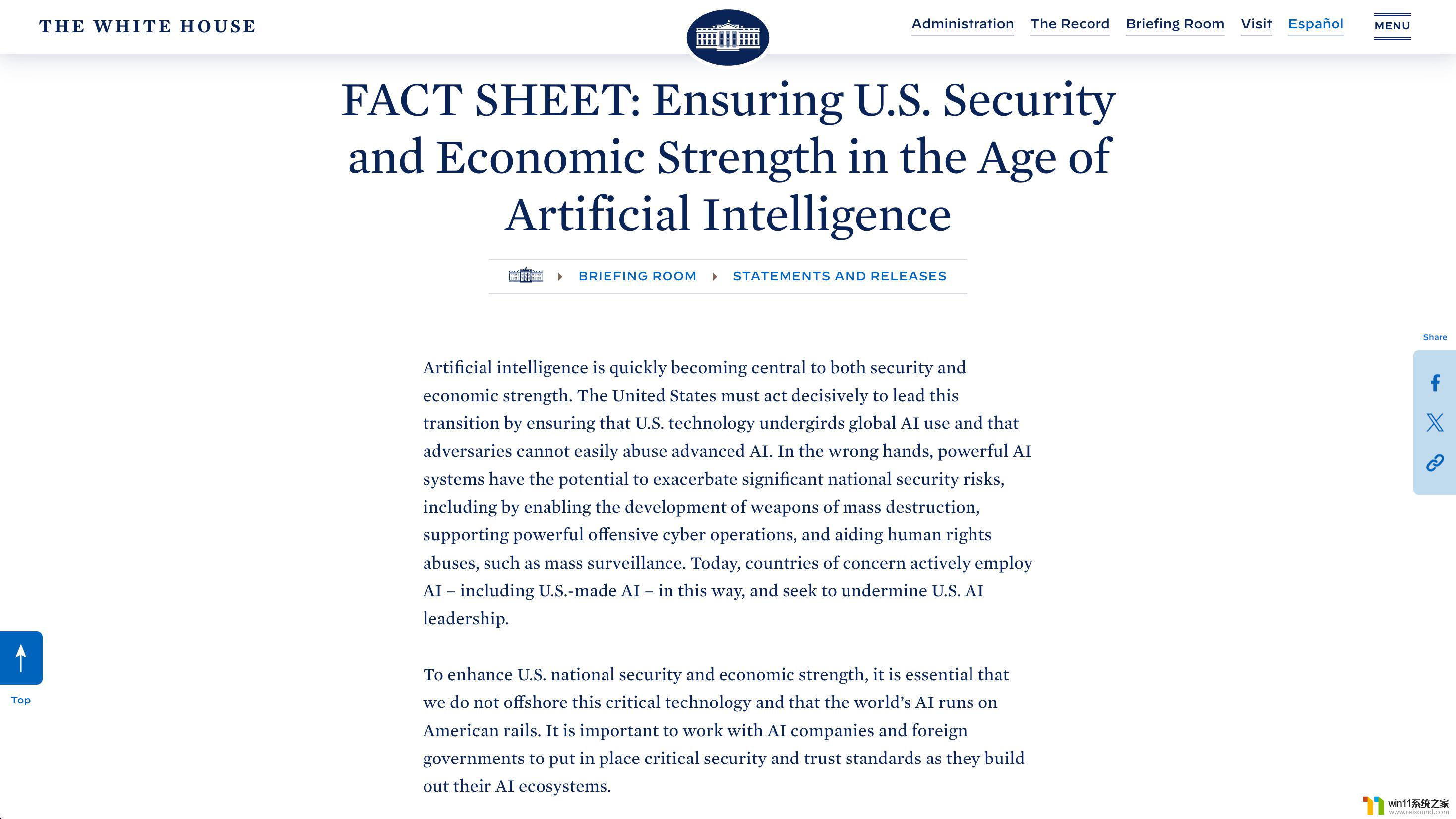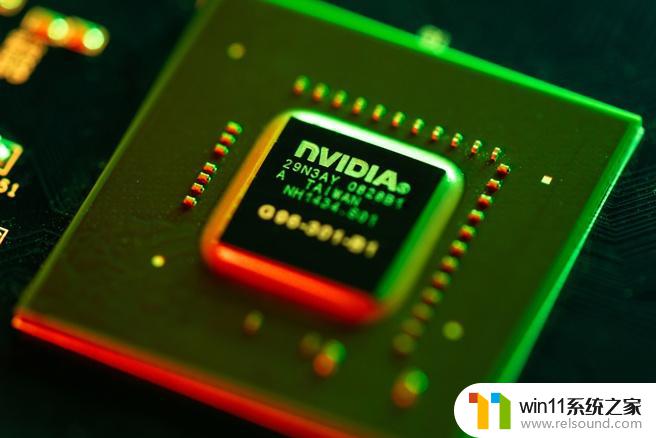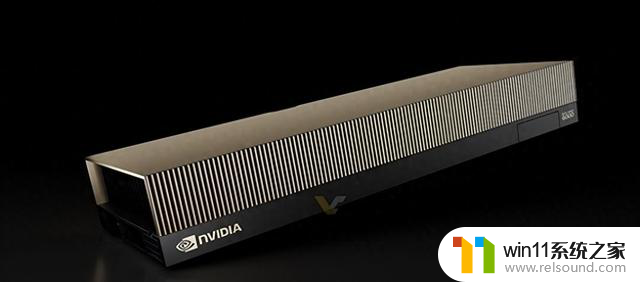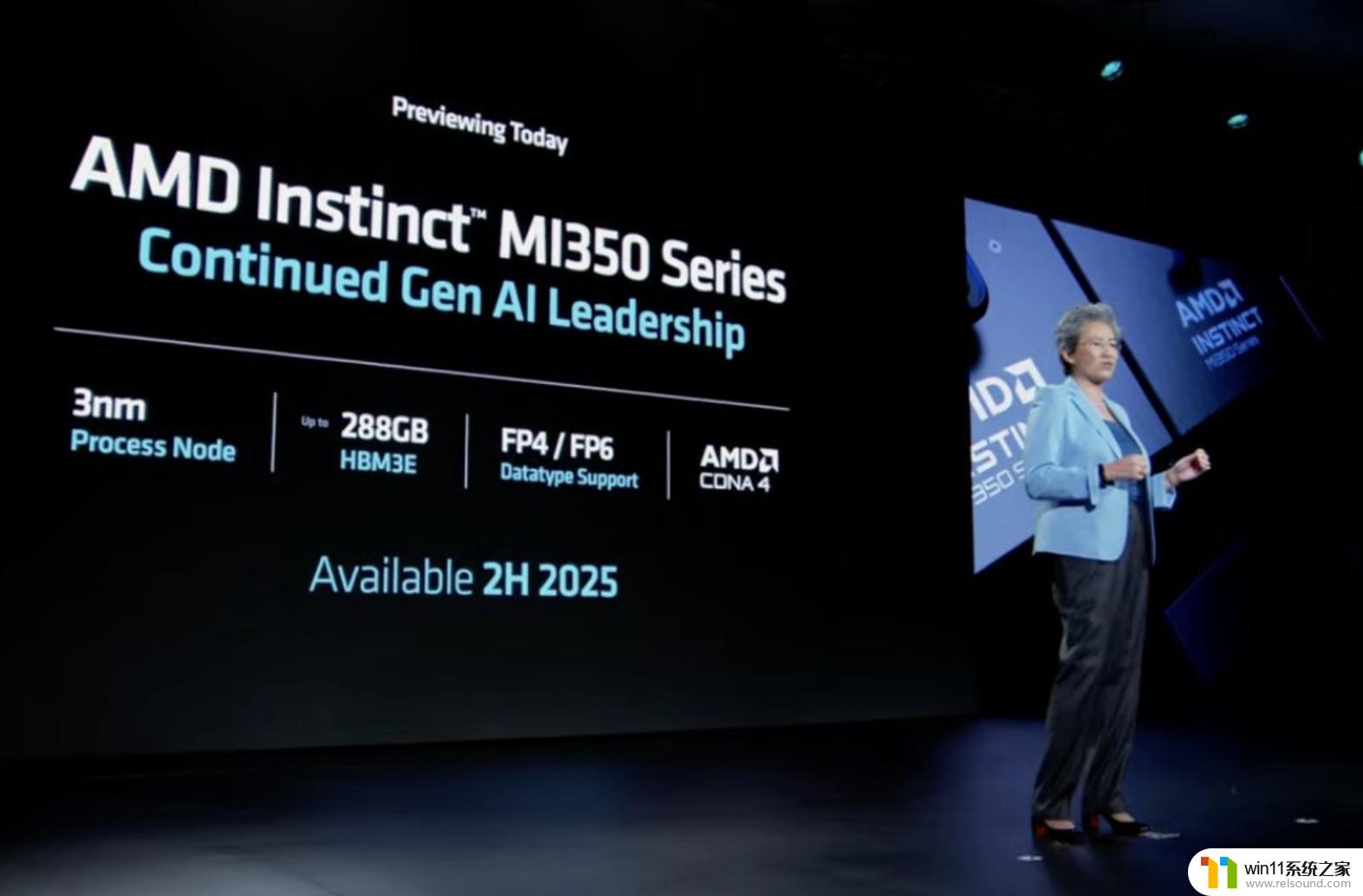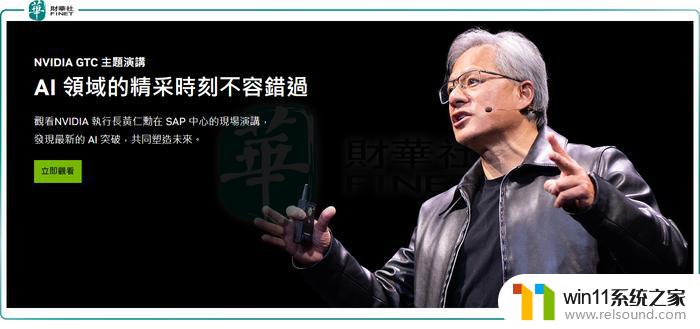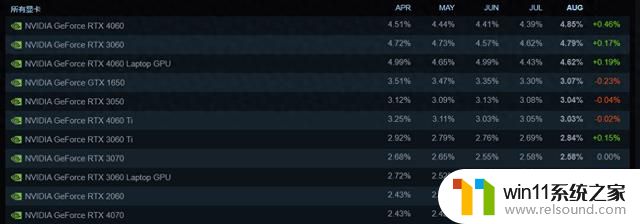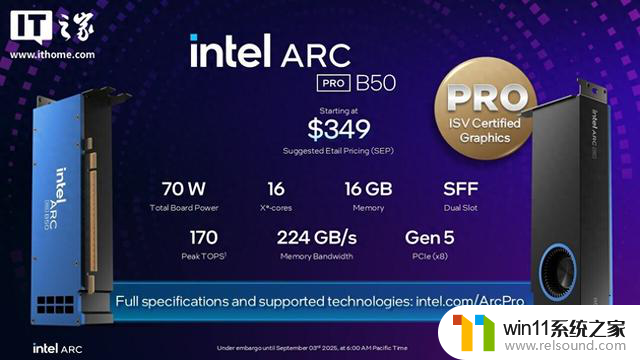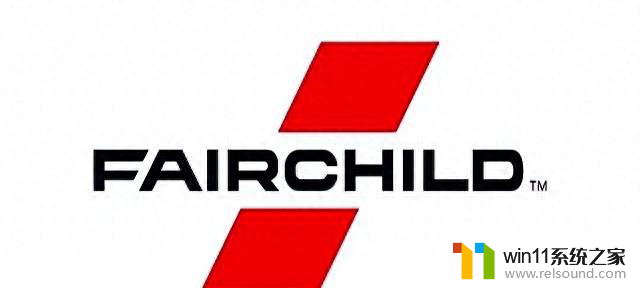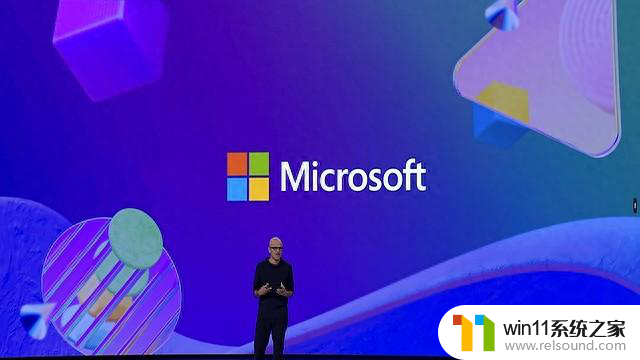NVIDIA首席执行官表示,公司将为中国提供符合出口管制的新AI芯片
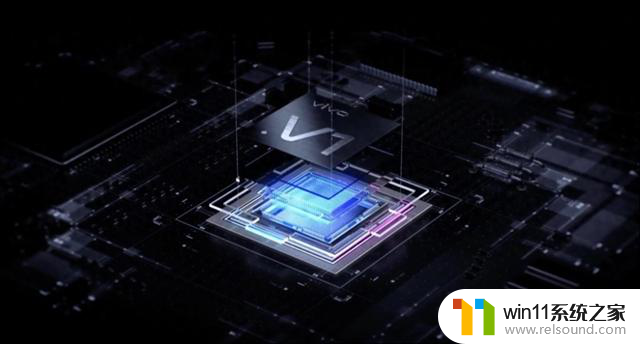
Credit:Visual China
Nvidia has been working very closely with the U.S. government to make sure products for China comply with new rules about export controls, the CEO Jensen Huang said at a news conference in Singapore on Wednesday. Huang said Nvidia now plans to continue the work with the government to come up a new set of products that are compliant with the new regulations. The chip designer needs to seek the advice of the market and the process in under the way, according to Huang. While about 20% of Nvidia’s revenue comes from China traditionally, it is hard to predict how much that would change with the new restrictions, Huang noted.
Huang’s remark came as Nvidia is facing more challenges as the new export restrictions are effective late October, which are considered as a new opportunity for Chinese rivals like Huawei to win more market share. Nvidia is an undisputed dominator of the market for AI chips, which empower AI systems including the large language model behind ChatGPT. The Santa Clara, California-based company dominates more than 90% of China’s US$7 billion AI chip market.
Intel, Huawei and the growing number of semiconductor startups are posing serious challenges to Nvidia’s domination, Huang told reporters on Wednesday, adding that Nvidia has a lot of competitors in and outside China. But the executive said he is not phased by such competition and believes it’s good for the advancement of the technology.
Nvidia has modified some of flagship products including A100 and H100 for exports to China, including an alternative A800 chip, as the U.S. regulators last year banned it from selling its most advanced chips to China. But even A800, the weakened version of Nvida’s cutting-edge A100 processor, is not allowed for export without first obtaining a license according to the new restrictions.
A spokesman for Nvidia said late October that the new export control will not have a meaningful impact in the near future. However, about a month later, the firm admitted negative impact of the new restrictions on one of its key international markets--China. In the commentaries of the quarterly financial results, Nvidia Chief Financial Officer (CFO) Colette Kress warned sales to China and other destinations that are subject to the latest U.S. export restrictions “will decline significantly in the fourth quarter of fiscal 2024”, though the company believes the drop will be more than offset by strong growth in other regions. Kress also noted China and other aforementioned affected regions have consistently contributed about 20% to 25% of data center segment revenue over the past few quarters.
TMTPost learned earlier this month that Nvidia will launch a new set of chips under the name of HGX H20, L20 PCle, L2 PClel for China market, though all of them are weakened version. Compared with H100, the HGX H20 has limitations on bandwidth and computing speed, and its overall computing power is about 80% less than that of H100, namely, the comprehensive computing performance of H20 is equal to 20% of H100.
On an earnings conference with analysts, Kress said Nvidia is working with customers in China and other affected regions to try to secure permission to deliver some of its products and on solutions that won’t trigger restrictions. Kress confirmed that Nvidia will develop new compliant chips tailored for China market, but noted those won’t have material contributions to revenue in the current quarter. "Export controls will have a negative effect on our China business, and we do not have good visibility into the magnitude of that impact even over the long term," Kress told analyst.
Reuters reported late November that Nvidia told customers it is delaying the launch of H20, the most powerful of three new chips for the Chinese market until the first quarter of next year.The delay was due to issues that took place in server manufacturers’ integrating the chip, and one of them said the launch could be pushed back to February or March, according to the report. Nvidia was said to launch the L20, another new chip it is planning to follow new U.S. export controls, as the original schedule. Retuers’ sources are unable to share status of the L2, one of the three new chips.
Huang declined to confirm the aforementioned report on Wednesday.
